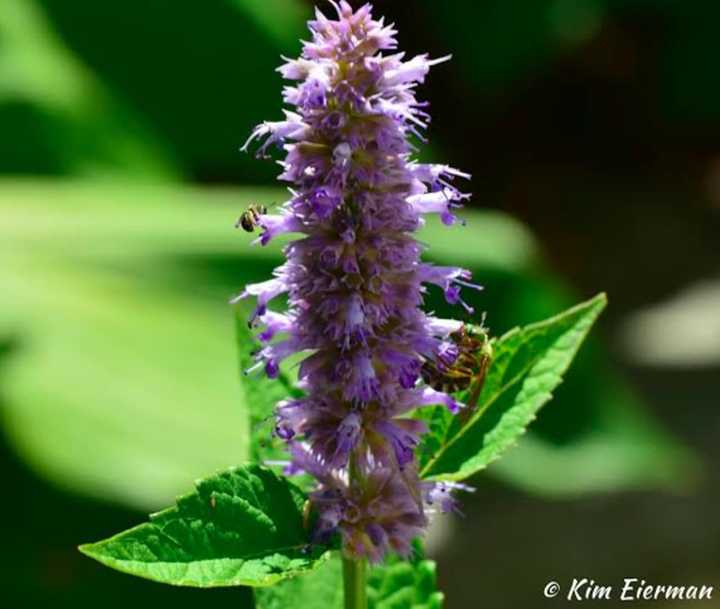One of the most important steps toward improving environmental health is reducing or eliminating pesticides in your landscape.
Collateral Damage
Pesticides, herbicides, fungicides and rodenticides are collectively known as pesticides. Each delivers its own lethal blow to some organism(s), depending on the type of pesticide and the particular product. The problem with all pesticides is the collateral damage they can cause – often to pollinators, birds and other wildlife, and even to humans.
Pesticides have traditionally been classified by their toxicity to mammals. More research is now being conducted on pesticide toxicity to other organisms. Oregon State University provides a useful list: “Least Toxic and Organic Pesticides for Gardeners” which addresses toxicity to mammals and other creatures.
Not As Safe as You Thought
We often learn environmental lessons slowly and painfully. What was once thought to be a reasonably safe class of pesticides – neonicotinoids – has now been identified as extremely harmful to bees. A commonly used herbicide – glyphosate (the key ingredient in RoundUp) – was recently determined by the World Health Organization to be “probably carcinogenic to humans.” A lethal array of pesticides can be purchased at any big box store and most garden centers. While professional landscapers must be licensed to apply pesticides, there are no such regulations for homeowners who can “spray at will.”
Is the Damage Really Damage?
Much of the “damage” that we see in our landscapes is actually nature at work – the chewing of a milkweed leaf by a Monarch caterpillar, the holes left in oak and rose leaves by a leafcutter bee as she takes what she needs to line her burrow where she will lay her eggs. Before you spray, consider if the damage is really damage at all. An ecologically healthy landscape will have a great number and diversity of insects - the vast majority of which are beneficial or benign.
A Measured Approach
Get beyond perfectionism in your landscape and tolerate some damage to support nature. So many of us treat our landscapes like extensions of our home interiors – neat and tidy all the way. The great irony is that meticulously neat landscapes with manicured lawns and perfectly trimmed trees and shrubs, may look great but offer very little ecologically.
If you have identified a serious pest or disease problem in your landscape, preferably with professional input, avoid chemical pesticides and try to treat the problem organically, and in a targeted fashion. Just keep in mind that organic does not mean benign – some organic pesticides are quite toxic to non-targeted organisms. The Xerces Society offers a helpful fact sheet listing the relative toxicity of organic pesticides to bees.
Make your resolution to increase the health of your landscape in 2016. Stay tuned for more tips.
Kim Eierman, a resident of Bronxville, is an environmental horticulturist and Founder of EcoBeneficial! When she is not speaking, writing, or consulting about ecological landscapes, she teaches at the New York Botanical Garden, Brooklyn Botanic Garden, The Native Plant Center and Rutgers Home Gardeners School.
Click here to follow Daily Voice West Milford and receive free news updates.
